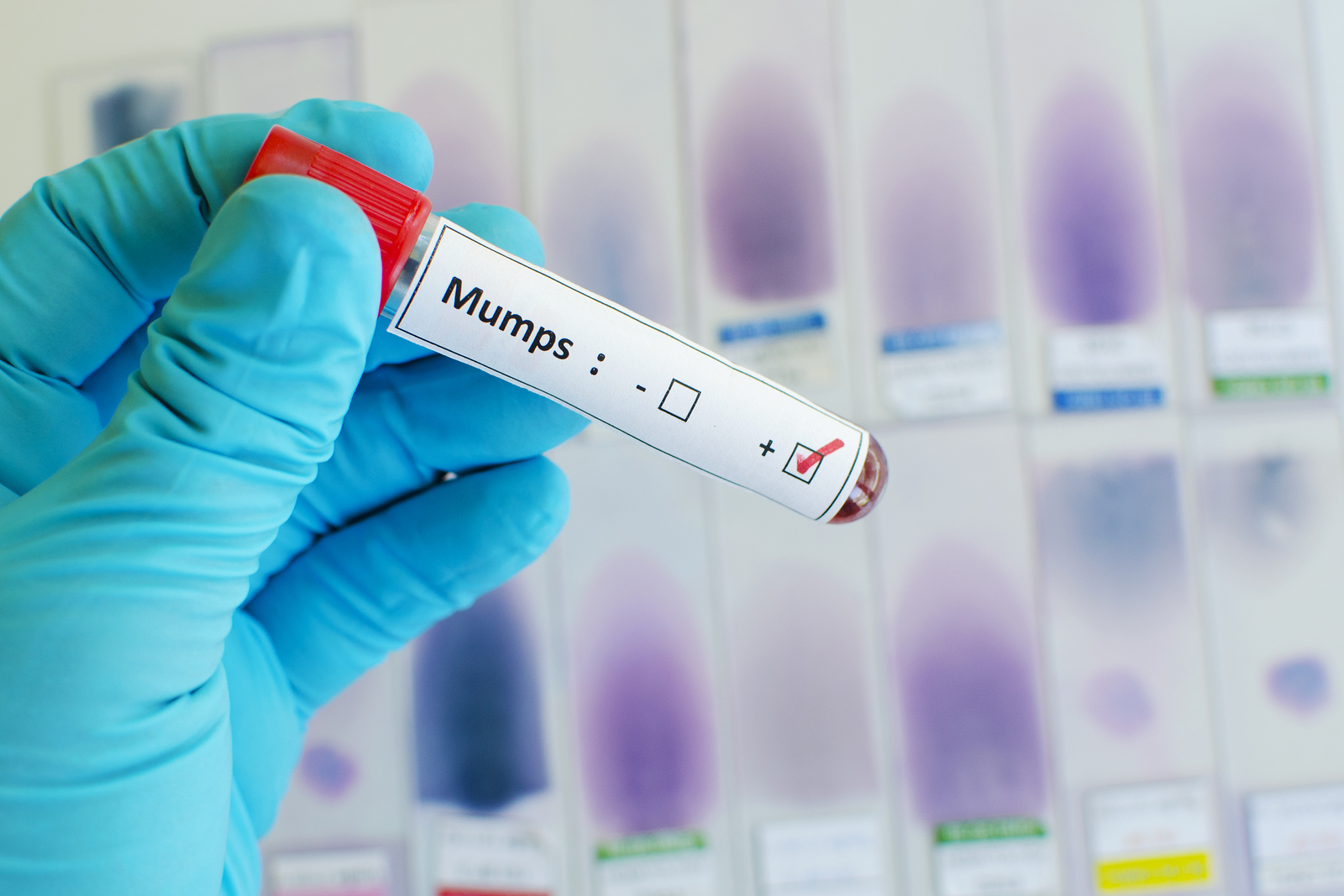
Mumps is a viral infection that affects the salivary glands and is spread by mucous, saliva and respiratory droplets through sneezing, coughing and coming in contact with a person's saliva.
Reports of mumps cases are spreading throughout the eastern U.S. North Carolina has reported three cases of mumps, along with more than a dozen reports for students at Indiana University and one at an elementary school in Indianapolis. There are confirmed cases at University of Kentucky in Lexington.
Indiana, which so far has been the hardest hit by the disease, has set up a hotline through the state’s Department of Health for anyone with questions about the outbreak. The agency is working with county health departments and university officials to identify potential new cases and try to prevent further spread of the disease.
Mumps is a viral infection that affects the salivary glands and is spread by mucous, saliva and respiratory droplets through sneezing, coughing and coming in contact with a person’s saliva. Because it is a virus, antibiotics are ineffective.
Symptoms, which usually appear 16 to 18 days after infection, include headache, fever, loss of appetite, muscle ache and pain, and tenderness and swelling of the glands below the ears. Most transmissions likely occur before symptoms begin. Treatment focuses on relieving symptoms, including bed rest and pain relievers for body aches. Most cases experience only a mild illness, with only about 1 to 3 percent having complications or more serious issues.
People with symptoms of mumps are encouraged to avoid close contact with other people for five days after the salivary glands begin to swell. Do not go to school or work. Also help the virus from spreading by covering the nose and mouth with a tissue while sneezing or coughing, wearing a mask when around others, and washing hands frequently.
The most effective prevention is through vaccination. There are two different vaccines that can prevent the disease, but they only work if administered before exposure to the virus. MMRV (Measles, Mumps, Rubella and Chicken Pox) and MMR (Measles, Mumps, Rubella).
The vaccine is in the series of children’s required innoculations, but Mecklenburg N.C. County Medical Director Stephen Keener says it is not 100 percent, and that outbreaks can still occur even in populations with high compliance with vaccines. The Centers for Disease Control and Prevention (CDC) says the MMR vaccine is 88 percent effective after two doses.
Mumps cases reported annually in the U.S. typically range from a few hundred to a couple thousand. Before the vaccination protocol began in the U.S. in 1967 about 186,000 cases were reported each year.

Leave a Reply